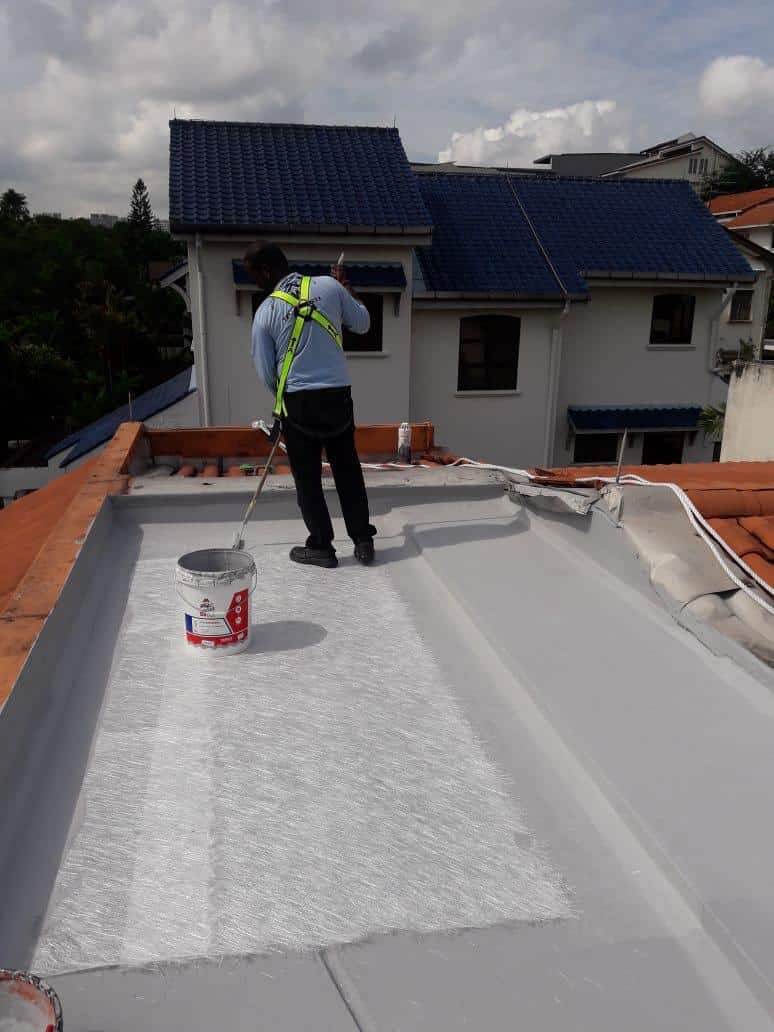Living through a inundation can be catastrophic, leaving not only structural damage but also psychological stress. Once the floodwaters recede, many homeowners and property managers are often confused what to do next. One of the most crucial steps in the rehabilitation process is waterproofing. Implementing this measure not only defends your home from future water intrusion but also protects your investment and guarantees the safety of your family.
Waterproofing is essential for all home and structure, as it functions as a shield against moisture that can cause mold, mildew, and structural damage. Grasping the multiple aspects of waterproofing can help you avoid thousands in repairs down the line. Whether sump pump installation are contending with a basement that needs safeguarding or a roof that requires attention, knowing how to properly waterproof your property is essential to preventing future issues. In this guide, we will examine the significance of waterproofing, the signs that indicate your property needs it, and the most effective methods for maintaining your space dry and secure.
The Importance of Waterproofing
Waterproofing is a vital aspect of protecting the quality of homes and commercial structures. It acts as a defensive barrier against water leaks, which can cause severe damage over time. Without proper waterproofing measures, buildings are at vulnerability of suffering from infiltration, mold problems, and structural damage. These challenges can compromise a property's security and greatly reduce its market value. Therefore, investing in waterproofing should be a primary focus for homeowners and contractors alike.
Another essential reason, cost-effectiveness waterproofing offers is notable. Repairing water damage can be exceptionally costly, often running into thousands of currency. By implementing efficient waterproofing solutions from the beginning, property owners can prevent prohibitive expenses and replacements down the track. This forward-thinking strategy not only defends the building but also helps with budgeting and long-term economic planning.
Furthermore, waterproofing improves the overall comfort and hygiene of the living space. High humidity issues often cause unpleasant odors and can create conditions conducive to mildew development, which pose health concerns. A effectively waterproofed home ensures improved indoor environment and enhances utility efficiency by preventing unwanted moisture from impacting insulation and heating systems. In summary, waterproofing is not just about preserving your property; it directly impacts the quality of life for the residents.
Popular Water-proofing Techniques
A common of the most widely used waterproofing methods is the application of liquid waterproofing membranes. These membranes are typically made from asphalt or polyurethane and can be used to multiple surfaces including roofs, walls, and foundations. Upon application, they produce a continuous barrier that efficiently prevents water infiltration. Liquid membranes can be used for both recent constructions and in the case of updating older structures, making them a flexible choice for waterproofing.
A further popular approach is the use of plate membranes. Such pre-manufactured sheets are commonly made from materials like rubberized asphalt or polyethylene. They are fitted over surfaces in a method that interlocks joints, providing consistent protection against water penetration. Sheet membranes are particularly effective for waterproofing below-grade applications, such as basement walls, and are valued for their durability and ease of installation. This method is vital in protecting structures from groundwater and hydrostatic pressure.

For locations that are prone to moisture, such as bathrooms and kitchens, waterproof coatings and paints serve as an effective solution. These coatings are designed to create a waterproof barrier on surfaces, preventing moisture from seeping through. They can be applied to walls, floors, and even ceilings in wet areas. Furthermore, specialized waterproofing products are now available that are formulated to resist mold and mildew, making them ideal for conditions where water exposure is frequent.
Selecting the Appropriate Waterproofing Options
Selecting the appropriate waterproofing option for your home is crucial to guarantee effective defense against water damage. The initial step is to analyze your particular needs, considering aspects like the area of the building, the degree of moisture exposure, and past water damage issues. For example, basements may need a distinct approach compared to ceilings or bathrooms. Understanding these variables will guide you towards the most suitable waterproofing strategies and materials.
Consider the different types of waterproofing available, including interior and exterior solutions. Interior waterproofing is usually easier and more affordable, concentrating on sealing leaks and hindering moisture intrusion within the home. However, exterior waterproofing may be necessary for long-term protection, especially in areas prone to flooding. It's essential to consider the pros of each option and choose one that corresponds with your building's individual concerns.
Ultimately, when in doubt, seeking advice from professionals can be a beneficial step. Professional contractors can examine your case, offer customized recommendations, and confirm the chosen waterproofing option is applied correctly. Their experience can help you prevent common pitfalls and provide that your investment in waterproofing produces lasting protection and security.
